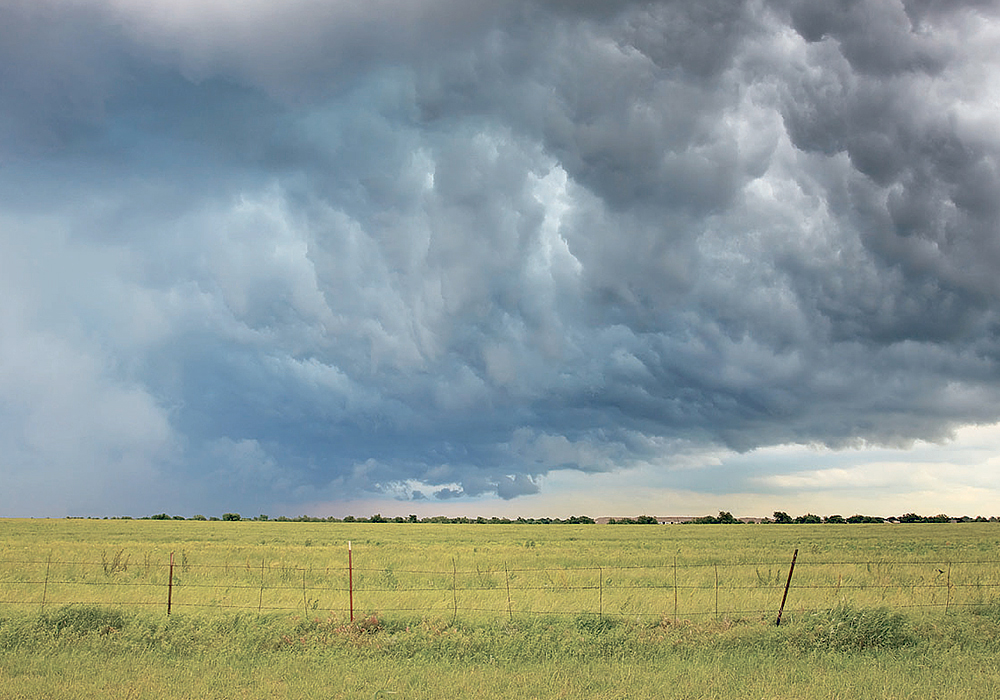There are two types of clouds: cold and warm. A warm cloud is any cloud that forms and exists in temperatures above freezing. A cold cloud is any cloud that has at least some part below the freezing point.
On the Prairies, the cold cloud dominates weather for most of the year. Even in summer, most precipitation-forming clouds fall into that category.
In most occurrences of freezing rain, temperatures are just slightly below 0 C. This means the surfaces to which the raindrops freeze are just a little below 0 C.
Read Also

Pakistan reopens its doors to Canadian canola
Pakistan reopens its doors to Canadian canola after a three-year hiatus.
If you’ve dropped cold water on a freezing surface, you know the water does not freeze instantly. So, why does a raindrop freeze as soon as it hits a solid surface? That falling raindrop was super-cooled: the water in the raindrop is below the freezing point, yet still liquid.
For atmospheric water to freeze, it needs something to freeze onto. The problem is that in the atmosphere there are large numbers of particles for water to condense onto (condensation nuclei) but very few particles for water to freeze onto (ice nuclei).
For ice to form at temperatures just below 0 C, you need a six-sided structure, and there are not many of these around. Ice crystals themselves are six-sided, but where do you get the ice crystal in the first place?
Because of this, if the cloud temperature is warmer than -4 C, the cloud will be made up of super-cooled water. If we cool the cloud down to around -10 C, ice crystals will begin to form even if there are no ice nuclei, so at these temperatures the cloud will consist of a mixture of ice crystals and super-cooled water.
The super-cooled water that falls from these clouds will freeze as soon as it hits a cold surface. Once temperatures fall to -30 C, the cloud will consist almost entirely of ice crystals; below -40 C, the whole cloud will be made up of ice crystals.
So within cold clouds we usually have a combination of ice crystals and super-cooled water.
In warm clouds, rain develops through the process of collision and coalescence; tiny cloud droplets blow around and collide and grow together until they are big enough to fall to the ground. It takes a lot of collisions because a cloud droplet is about 1/100 the size of a small raindrop. Luckily there are a lot of cloud droplets.
In a cold cloud, we have a similar process but first another process has to work its magic: the Bergeron process.
It relies on another unique property of water. If there is just enough water vapour in the air to keep a super-cooled water droplet from evaporating, there is more than enough water vapour in the air for an ice crystal to grow larger. This is because the saturation vapour pressure over ice is lower than that over water. That means ice crystals will attract water vapour more readily than water droplets will.
So our cold cloud now has ice crystals growing and pulling water vapour from the atmosphere. As the amount of water vapour in the atmosphere drops, our super-cooled droplets begin to evaporate to help make up the difference. These droplets evaporate and the ice crystals continue to grow at the expense of the super-cooled water droplets.
After a while, the cloud consists mostly of ice crystals. This process by itself would only result in light amounts of precipitation. For heavier precipitation, we need the second process to kick in: riming and aggregation.
















